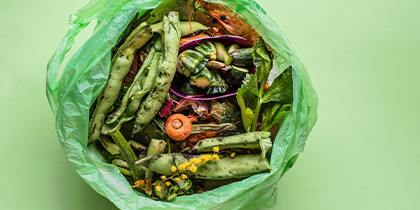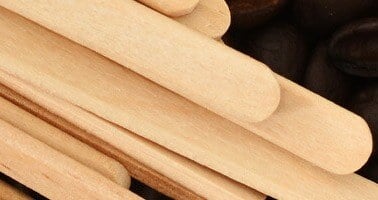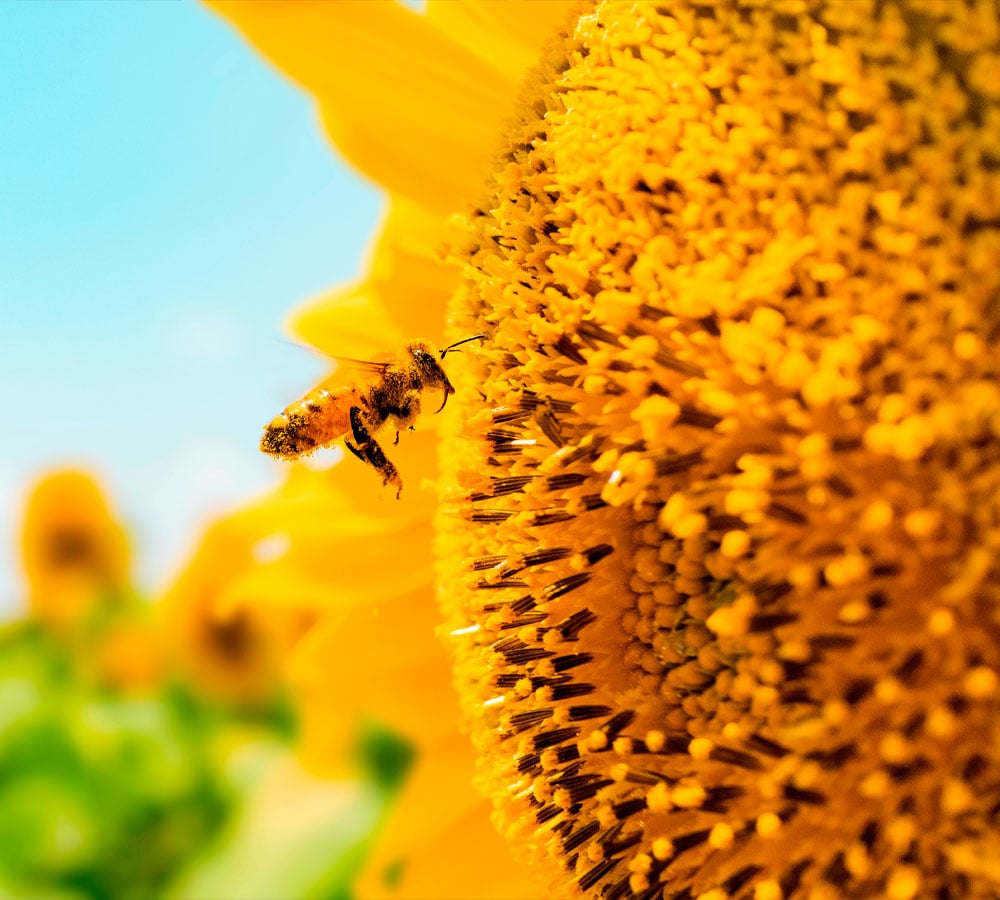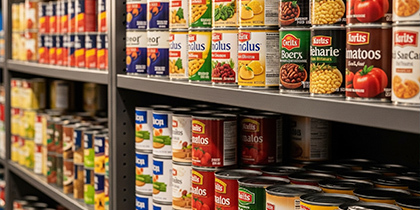A sandwich topped with canned tuna or a ready-made soup: great for lunch and so ready. But where do you actually throw away an empty can? Billions of canned goods are produced worldwide every year - not only for fish and soup, but also for fruits and vegetables such as peaches. In this blog, our Zero Waste Office experts take a closer look at the canning waste stream. Read along.
What material are canning jars made of?
Cans are made of steel with a thin layer of tin. This is also called canning steel. The tin layer prevents the metal from rusting, and ensures that the contents keep for a long time. The lids are sometimes made of aluminum because it is lighter and easier to open - although we all know the frustration when the tab breaks or the can just won't open.
The inside of a canner has a thin plastic coating, usually made of epoxy or polyester resin. This coating keeps the food from coming into contact with the metal, allowing the contents to keep longer and preserve flavor.
Where do you throw away canned food?
In the Netherlands and Belgium, empty canning jars are allowed in PMD waste (Plastic, Metal and Drinking Packs). In
sorting facilities, metal cans are automatically removed from the waste. Steel is magnetic and therefore.jpg?width=281&height=281&name=LinkedIn%20(82).jpg) easily sticks to a magnet.
easily sticks to a magnet.
Aluminum lids are recognized with an eddy current magnet: a large electromagnet that creates a rapidly changing magnetic field. Aluminum itself is not magnetic, but because it conducts electricity, that field creates small electric currents (eddy currents) in the metal. These create a repulsive force, allowing the aluminum to be separated from the rest of the waste. Think of it as two magnets with the same pole: they repel each other, giving the aluminum a push and ending up in a separate bin.
Food leftovers in canned goods
It is important to throw away a can as empty and clean as possible. Food scraps contaminate the waste stream, can clog separation facilities and reduce the quality of the recycled material. The more contamination, the more water and energy are needed to clean the stream. Therefore, it helps to briefly rinse or scrape a can before disposing of it in the PMD.
More sustainable alternatives to canned goods
Despite canning cans being relatively recyclable - some 82% of steel is reused in Europe - they are still a single-use product. That's why our Zero Waste Office experts went in search of more sustainable alternatives:
- Fancy a tuna sandwich? Get the fish fresh from the fishmonger's. Not only is it fresher and often tastier, you also support local entrepreneurs and avoid the packaging waste of cans. However, you often get the fish in plastic or paper, unless you bring your own container.
-
Do you want to shop package-free? All over the Netherlands you can find small-scale initiatives committed to less waste and more recycling. Curious about stores in your area? Find out with this map.
There are also more sustainable alternatives in Belgium: for example, the very first packaging-free store in Belgium opened in Antwerp, with a wide range of organic and local products.
- If you buy vegetables fresh at the greengrocer or in the supermarket, you can often choose products without packaging waste. Still looking for something with a longer shelf life? Then opt for vegetables in a glass jar. Glass can be infinitely recycled without loss of quality, making it a more sustainable alternative than many other packaging materials, such as canning jars.
Zero Waste lunch at Milgro
At Milgro, we also pay attention to packaging waste during lunch. We get our fruits and vegetables from a local farmer. By doing so, we not only support local entrepreneurs, but also avoid vegetables and fruit from canned goods. Moreover, there is often less other packaging waste, such as the plastic nets around tangerines from the supermarket.
An additional advantage: it saves transport movements, and that reduces CO₂ emissions.
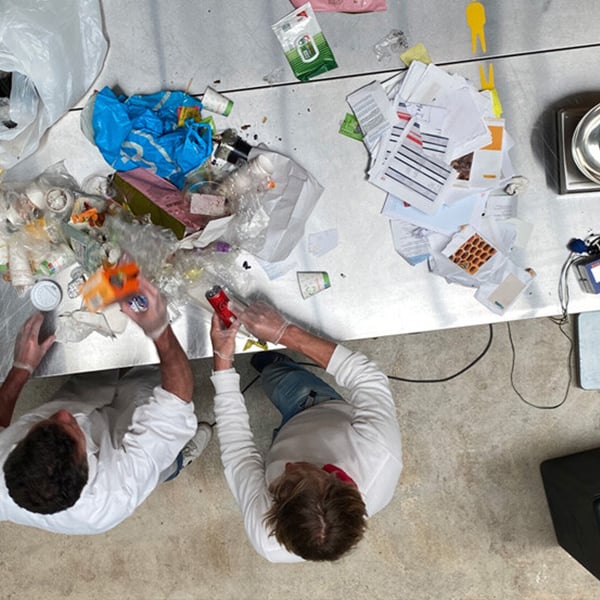
Consult our experts
Are you unsure whether certain items in your office are unnecessarily ending up in residual waste? Our specialists are ready to assist you. Send your question to marketing@milgro.nl and we will provide a tailored solution for your residual stream.
Stay informed
Want to stay up to date with the latest developments? Follow us on LinkedIn and Instagram or subscribe to our newsletter. Curious about what Milgro can do for your operations and waste process? Feel free to get in touch .
Read also

Zero Waste office: office chairs








